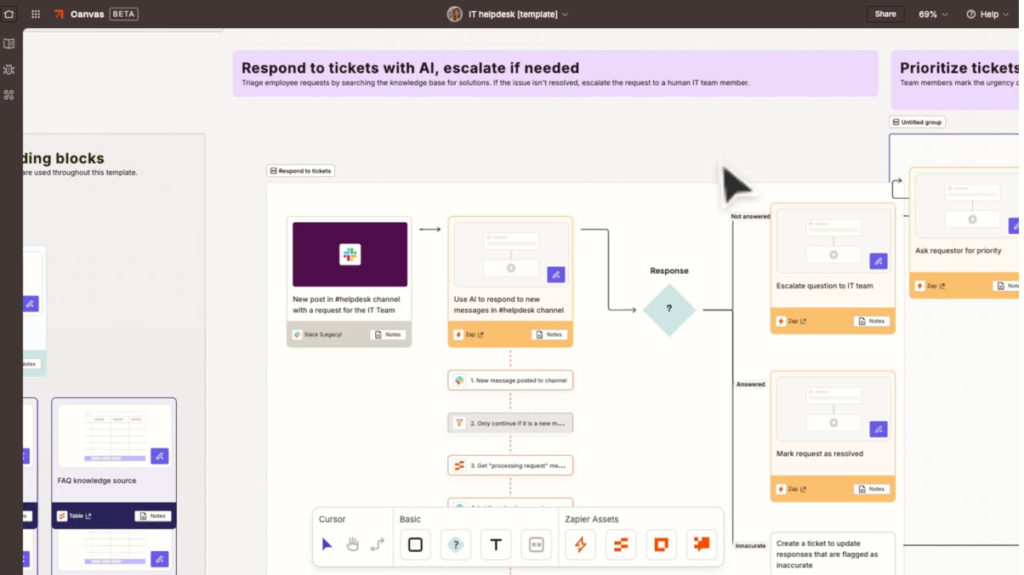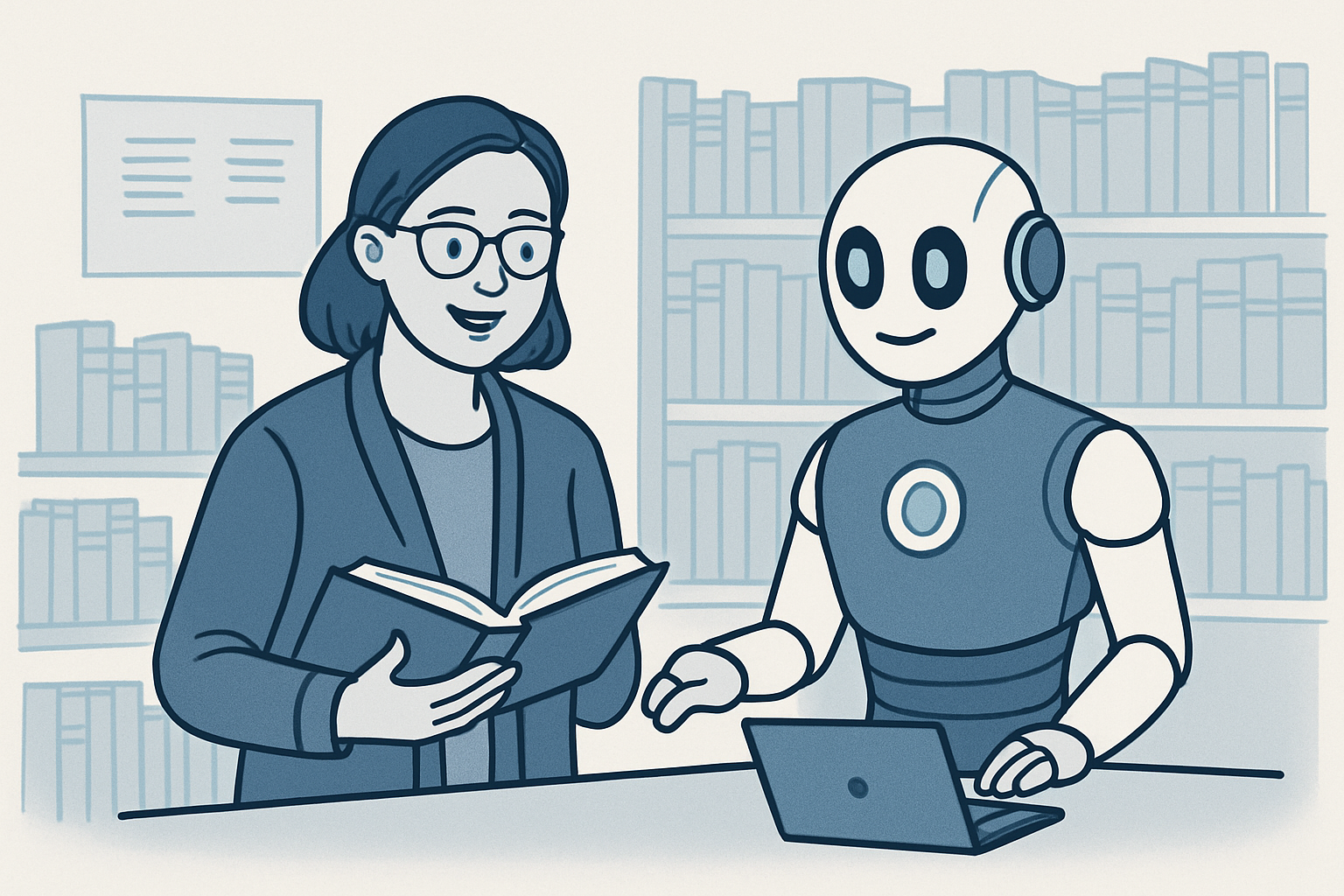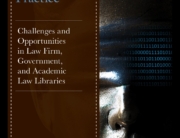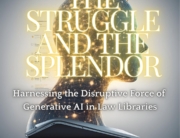Last week, I built an AI agent that will automate the creation and marketing of events in my library. Each month we run instructional webinar events for our members and setting these up every month is a time-consuming process with many moving parts and a lot of room for human error. With this new automation this will change to simply selecting the type of event we’ll be hosting and entering the scheduled date and time into a form. The AI agent will locate an event title, description, learning outcomes, speaker information, a featured image, and other details from a preset table and enter it with the date/time info into a new entry in a different table. It will take that entry and sign into our organization’s Zoom account and create a meeting for the event with an auto-registration link which it will add to that entry in the table. Next it will log into our WordPress website and create a calendar event which will appear on our monthly calendar as well as a blog post which we’ll be able to deploy beforehand. Both of these new posts will not only include the event information, but the new Zoom registration link for our members to follow. Finally, the agent will log into our Mailchimp account and set up a marketing campaign for the event with all of that information as well as our NYLI logo.
What is Agentic AI?
Agentic AI is an artificial intelligence application which has the autonomy to take action on the behalf of the user. In other words, you’re giving the AI agency to act, thus the term agentic AI. These applications can process information, make decisions, design strategies based on analysis it conducts, and automate processes for you. They are very similar to applications such as IFTTT in which users can connect applications and set up statements to the effect of “If This, Then That” or IFTTT. However agentic AI agents are much more powerful and have the ability to make decisions.
Agentic AI is similar to generative AI applications but differs in the key area of taking action. For example, you can ask a generative AI application for advice about an upcoming trip and it will help you plan an itinerary of places to see, things to do, etc. Agentic AI can actually book the trip for you and may even make adjustments if there are issues that arise.
What can libraries do with agentic AI?
While I provided one example of automating event scheduling functions and reducing human errors, there are many other possibilities. Here are just a few ideas:
Create a weeding agent – This agent could pull from your library’s circulation statistics, calculate cost per use of titles, flag outliers, and draft a list of titles to weed that’s emailed to you monthly.
Create a reference agent – This agent could respond to a natural language research request from library patrons by searching the library’s licensed databases, the online catalog, and other resources in order to create annotated bibliography of sources in any citation style.
Create an event insight engine – This agent could pull from library’s event registration and attendance statistics and conduct an analysis to determine which topics, speakers, time of day, or day of the week events garner the most participation from library patrons.
How can you create AI agents?
There are many different ways that you can build AI agents with or without programming knowledge. Your best bet is to use what you already have access to in your library. Perhaps you’ve got access to Microsoft CoPilot Studio, and in that case you can build agents there and use connectors, if your library uses ChatGPT/OpenAI, you may be able to use their actions, or else you can use what I did which is Zapier and use their drag and drop fields plus lots of logic to connect to over 7,000 different applications. I won’t say it’s as easy as following a wizard to create a chatbot, but it’s definitely achievable even if you don’t code. The best way to begin is to draw out the architecture of what you want to create ahead of time and this will inform your actions. For example, what do you want to happen after the Zoom event is created? And what about variables such as if a vendor provides you with a Zoom registration link and creating the meeting is not necessary, etc.?

Building Guard Rails
An important part of creating an AI agent is setting limitations and including human oversight in the process since these applications can take action on your behalf. Since I don’t trust AI to have complete autonomy (we’ve all seen Terminator), I have set up my agent to create everything as a draft which I will deploy. Yes, it would make my life easier if everything was fully automated, but I find it much less stressful in the end to have the final approval.
Sustainability
One other factor to keep in mind with any technology project is how will you sustain it going forward? For example, once you’ve built something and deployed it, do you need to keep paying for it? The answer here is yes, yes you do. And for all eternity. And I think that’s not something that immediately jumps to mind during the excitement of new technology projects. With automation agents such as those built with Agentic AI, you will need to continue to have access to the platform and plan on which you built it for it to work. And this may factor into the platform you choose as well. You might not want to build something with an application that may not be around in a year, unless this is just a proof-of-concept design. So you’ll definitely want to think about sustainability before you even begin.

























